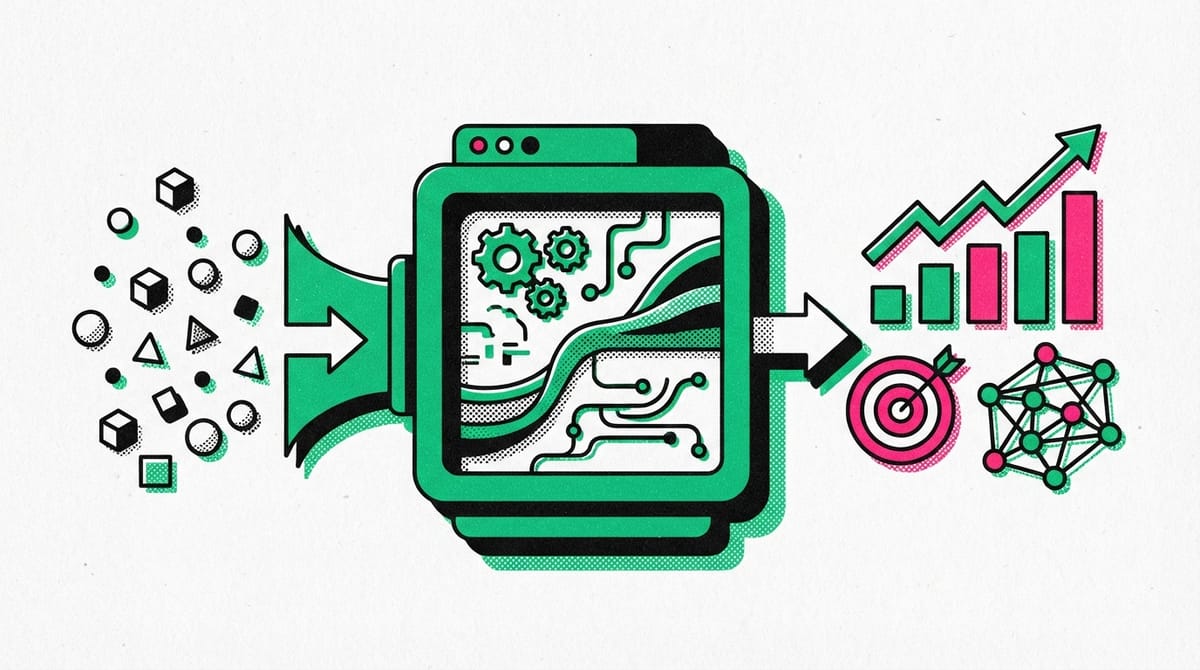Modeling Data
Unlock the power of data modeling! Learn how to predict outcomes and uncover hidden patterns to enhance your decision-making skills.

- Modeling is the fourth stage of the OSEMN (Obtain, Scrub, Explore, Model, iNterpret) data analysis cycle.
- This phase involves using data to make predictions through mathematical models.
- Models can range from simple linear regressions to complex machine learning algorithms.
- The primary function of models is to discover hidden patterns in data and use them for predictions.
- Modeling is crucial in data analysis as it helps answer key questions and provide insights.
- The discussion on modeling will cover three main areas: what models are, how they work, and the types of models available.
What Are Models and Why Use Them?
- Models are mathematical tools used to recognize hidden patterns in data and make predictions.
- Models are widely used in various fields, including marketing, economics, weather forecasting, and social media content recommendation.
- The complexity of models can range from simple averages to complex machine learning algorithms.
- Linear regression is a type of model that predicts one variable based on another, such as house prices based on square footage.
- Models include margins of error, which help quantify the uncertainty of predictions.
- While models are not 100% accurate, they can provide valuable insights for business decisions when used correctly.
- Understanding a model's limitations and quantifying its uncertainty are crucial for interpreting and applying its predictions effectively.
How Do Models Work?
- Models are mathematical tools that recognize hidden patterns in data
- Model training involves feeding known data into an algorithm to create a mathematical representation of relationships
- Algorithms are like recipes that describe procedures to be carried out on data
- Different models require specific data formats, emphasizing the importance of data scrubbing
- Models go through training and testing phases to ensure generalizability
- It's crucial to train models on data similar to the business case you're addressing
- Splitting datasets into training and testing data is a best practice
- Creating effective models requires both scientific knowledge and artistic intuition
- Practice is essential for developing skills in model creation and implementation
Different Types of Models
- Types of Models: Regression models answer "how much" or "how many" questions, classification models predict groups or classes, and clustering algorithms split data into similar groups.
- Common Algorithms: Linear regression identifies linear relationships, decision trees use binary decisions, and neural networks learn complex relationships using "neurons".
- Model Selection: Choosing the right model depends on the problem, data availability, and computational resources.
- Purpose of Models: Models help analyze data for interpretation and future prediction.
- Application Fields: Models are used across various domains including marketing, finance, healthcare, and sociology.
Common Model Types
- Regression models predict numerical values, answering "how much" or "how many" questions.
- Classification models categorize data points into predefined classes or categories.
- Clustering models identify groups of similar records within a dataset without predefined categories.
- Each model type serves a specific purpose in data analysis and prediction tasks.
- Understanding these model types is crucial for selecting the appropriate approach for different data analysis problems.
These three model types form the foundation of many machine learning and statistical analysis techniques, enabling data analysts to extract valuable insights and make predictions from diverse datasets.




